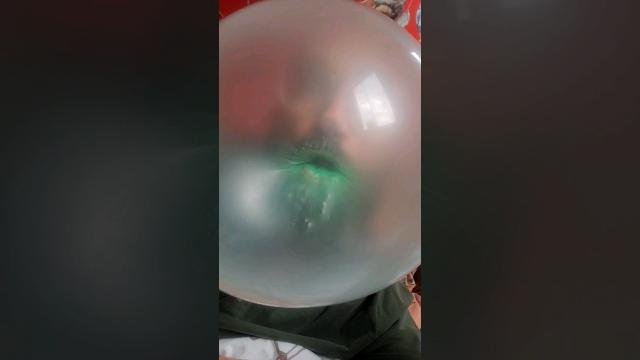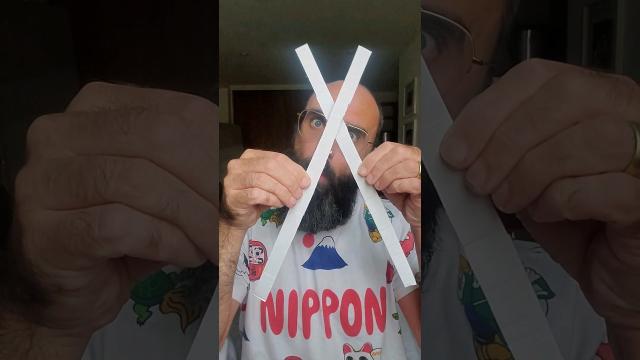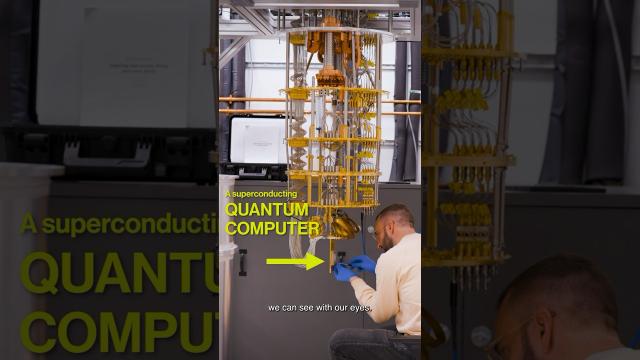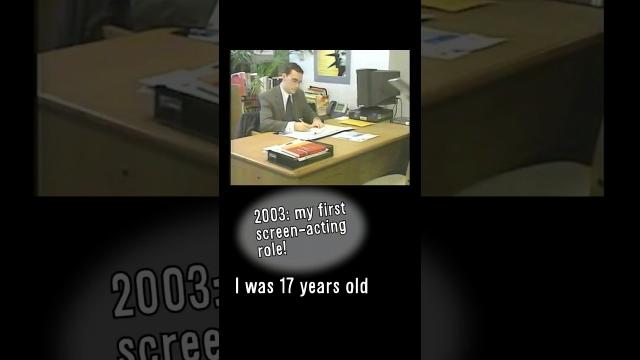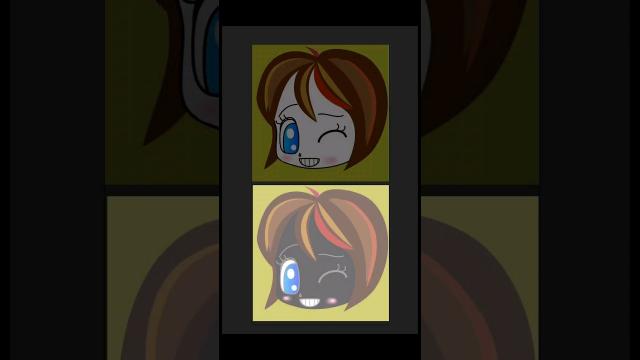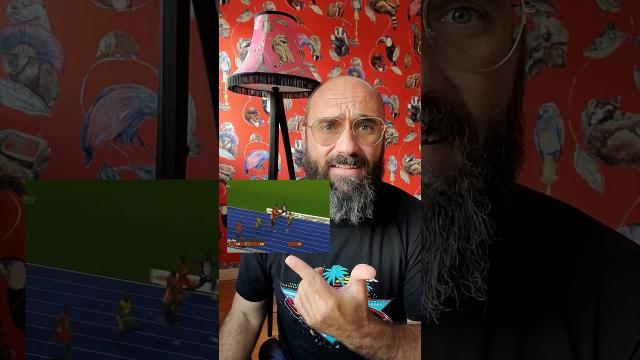Time Travel, Teleportation & Science
Time travel is the concept of moving between different points in time in a manner analogous to moving between different points in space, generally using a theoretical invention, namely a time machine. It has a commonly recognized place in philosophy and fiction, but has a very limited application in real world physics, such as in quantum mechanics or wormholes.
Although the 1895 novel The Time Machine by H. G. Wells was instrumental in moving the concept of time travel to the forefront of the public imagination, The Clock That Went Backward by Edward Page Mitchell was published in 1881 and involves a clock that allowed three men to travel backwards in time.[1][2] Non-technological forms of time travel had appeared in a number of earlier stories such as Charles Dickens' A Christmas Carol. Historically, the concept dates back to the early mythologies of Hinduism (such as the Mahabharata), Buddhism, and Islam through ancient folk tales. More recently, with advancing technology and a greater scientific understanding of the universe, the plausibility of time travel has been explored in greater detail by science fiction writers, philosophers, and physicists.
Teleportation, or Teletransportation, is the theoretical transfer of matter or energy from one point to another without traversing the physical space between them. It has a commonly recognized place in science fiction literature, film, and television, but as yet has a very limited application in real world physics, such as quantum teleportation or the study of wormholes.
Science (from Latin scientia, meaning "knowledge") is a systematic enterprise that builds and organizes knowledge in the form of testable explanations and predictions about the universe. In an older and closely related meaning, "science" also refers to a body of knowledge itself, of the type that can be rationally explained and reliably applied. A practitioner of science is known as a scientist.
In modern usage, "science" most often refers to a way of pursuing knowledge, not only the knowledge itself. It is also often restricted to those branches of study that seek to explain the phenomena of the material universe.
Source : Wikipedia
-
00:57
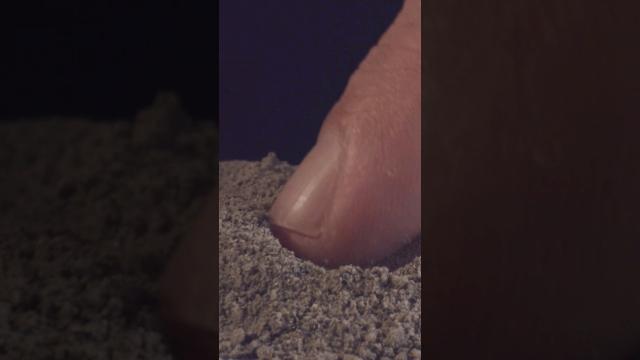
What Does Mars FEEL Like?
Added 110 Views / 0 LikesJoin me with code MARS for 30% off your first box!https://www.curiositybox.com/
-
04:57
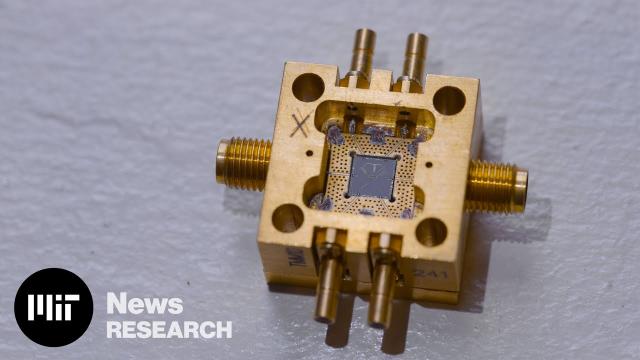
Quantum Explained
Added 118 Views / 0 LikesIn explaining quantum technology, professor of physics and director of the MIT Center for Quantum Computing, Will Oliver cites MIT's interdisciplinarity as a key component in developing these technologies. In this video he, along with research scientist J
-
05:09

The World at MIT: Moungi Bawendi
Added 142 Views / 0 LikesMoving from France to Tunisia to the United States as a child, Moungi Bawendi remembers he didn’t feel like he “belonged” anywhere. Much later, even his postdoctoral research on the properties of quantum dots again made him feel like “an outsider” enterin
-
04:04
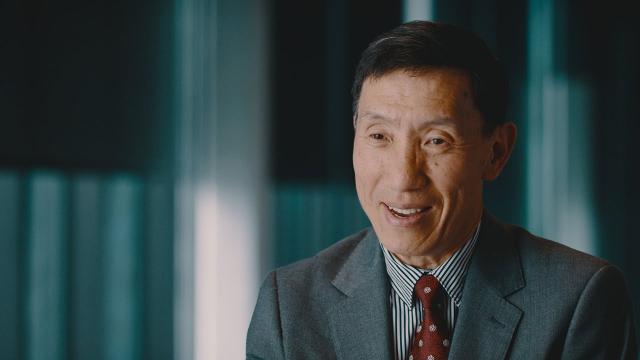
The World at MIT: Yasheng Huang
Added 126 Views / 0 LikesYasheng Huang intended to return and contribute to society in his native country after studying abroad. Following the Chinese government’s violent crackdown in Tiananmen Square in 1989, however, Yasheng decided to stay in the United States and became incr
-
03:38
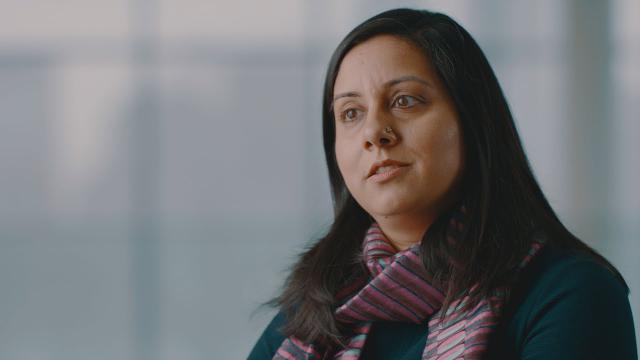
The World at MIT: Sana Aiyar
Added 101 Views / 0 LikesSana Aiyar grew up among adults who frequently discussed and debated” history – a topic “contested deeply in India,” particularly in Delhi. An avid reader, she immersed herself in books to learn more about the world. Sana is now Associate Professor of His
-
04:49
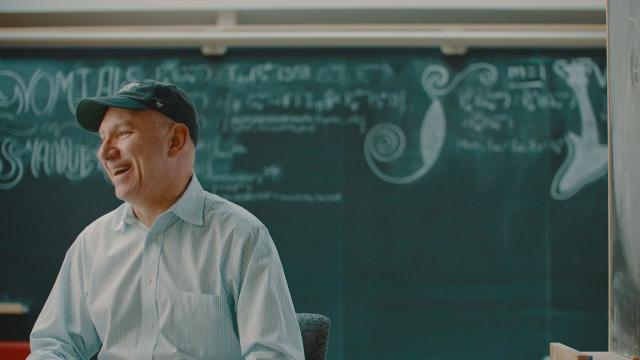
The World at MIT: Roberto Rigobon
Added 102 Views / 0 LikesDeciding to remain in the United States in the wake of political changes in his native Venezuela, Roberto Rigobon came to MIT to pursue a PhD and never left. The Society of Sloan Fellows Professor of Management and Professor of Applied Economics at the MI
-
03:54

The World at MIT: Paulo Lozano
Added 95 Views / 0 LikesPaulo Lozano became fascinated with studying the cosmos as a child watching the changing night sky outside his home in Mexico, learning about NASA, and visiting a Mexico City planetarium with his parents. He now directs MIT’s Space Propulsion Lab and is t
-
04:22
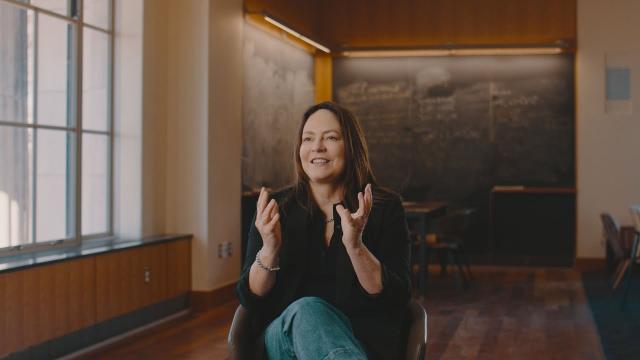
The World at MIT: Pattie Maes
Added 105 Views / 0 LikesComing of age in Belgium during the European economic crisis of the 1970s, Pattie Maes decided to pursue computer science for purely practical reasons – it was a field with jobs. She eventually realized, however, she didn’t want a corporate position and s
-
03:49
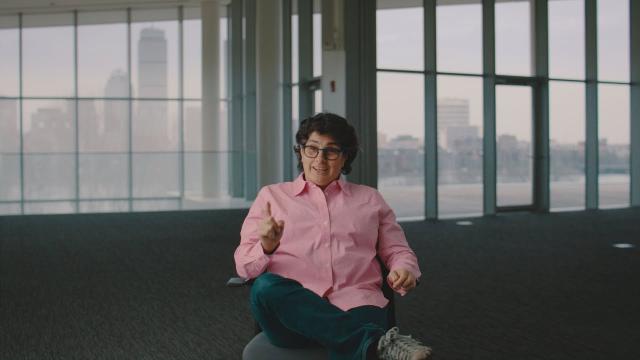
The World at MIT: Nergis Mavalvala
Added 125 Views / 0 LikesGrowing up in Pakistan, Nergis Mavalvala was aware of MIT’s “huge international brand…this place where the science and engineering and techy kids went.” A person who loves exploring “lofty questions” as well as the practical design of things, Nergis found
-
03:36
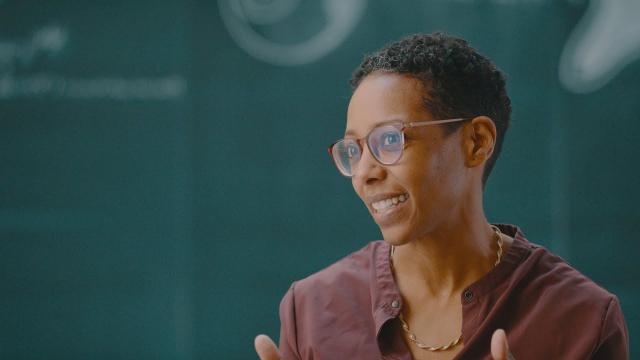
The World at MIT: Mai Hassan
Added 102 Views / 0 LikesThe experience of growing up in the Sudanese diaspora drew Mai Hassan to political science and a desire to examine topics related to authoritarianism, which she now does as an Associate Professor of Political Science at MIT. Knowing that some of her stude
-
04:13
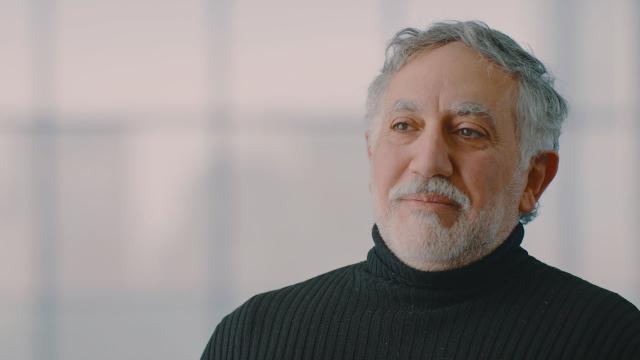
The World at MIT: Hashim Sarkis
Added 109 Views / 0 LikesHashim Sarkis knew his calling early. He loved art and the way buildings looked and fit together and remembers that, even as a preschooler, he wanted to design them. Seeing photos of MIT’s “beautiful modernist buildings” in an architecture history textboo
-
03:24
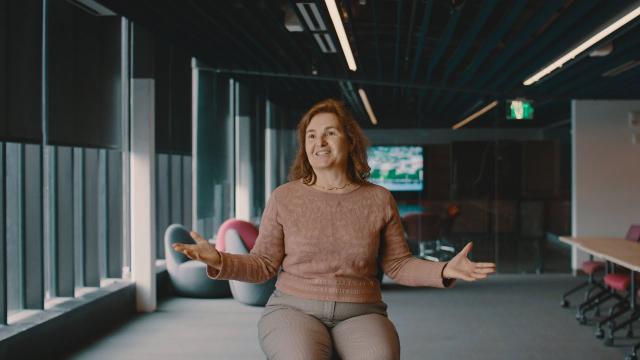
The World at MIT: Daniela Rus
Added 98 Views / 0 LikesFulfilling a school requirement by working in a Romanian locomotive factory one week each month, Daniela Rus learned to operate “machines that help us make things.” Appreciation for the practical side of math and science stuck with Daniela, who is now Dir
-
03:46
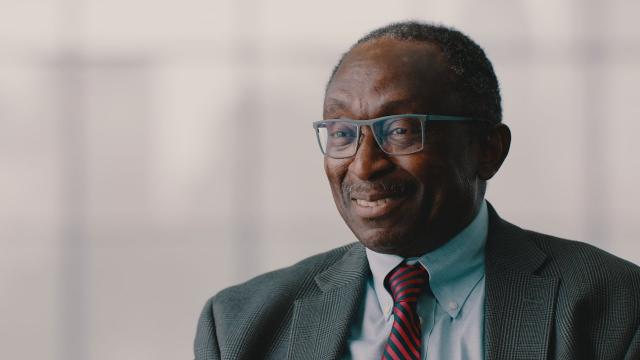
The World at MIT: Akintunde Ibitayo (Tayo) Akinwande
Added 114 Views / 0 LikesGrowing up in Nigeria, the son of educators, Akintunde Ibitayo (Tayo) Akinwande quickly developed a love for his local library and clearly remembers reading about MIT in a Time-Life Series book on technology. Now a professor in MIT’s Electrical Engineerin
-
03:34
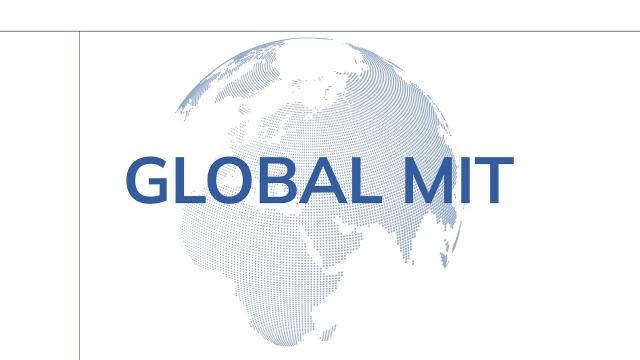
The World at MIT: Highlights
Added 129 Views / 0 LikesWatch and hear highlights from interviews with all the international faculty featured in “The World at MIT” video series. “The World at MIT” videos underscore MIT’s distinctive nature as a community that is at once profoundly American and deeply connected

